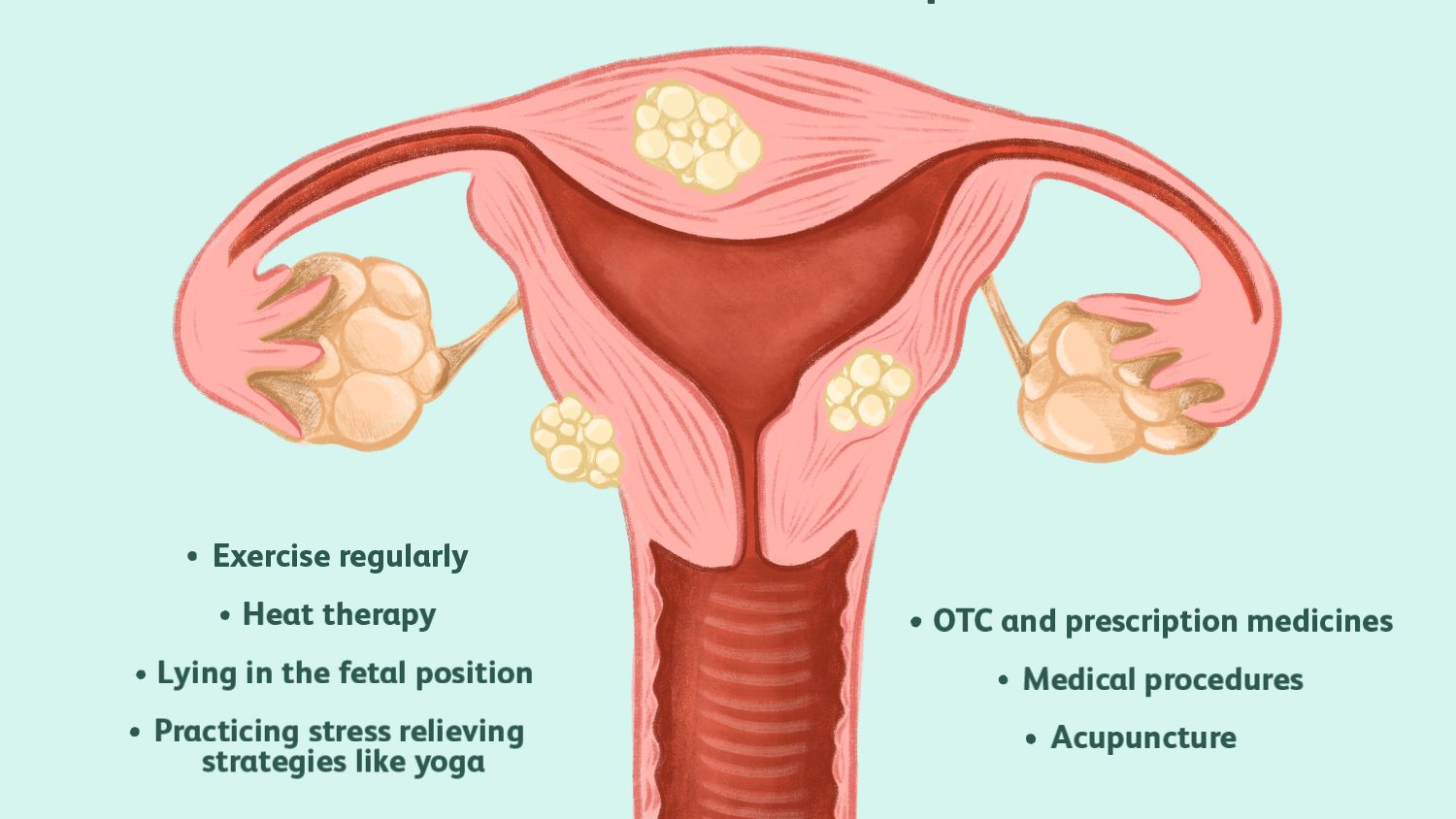-

opening hours
Mon-Sat 09:00 AM - 17:00 PM -

call us
+91-88604 50774
opening hours
Mon-Sat 09:00 AM - 17:00 PM
call us
+91-88604 50774

Myomectomy is a surgical method for removing undesirable fibroids from your uterus. It is a standard and simple procedure. Myomectomy doctors in Delhi are trained and help you get expert treatment.
Uterine fibroids are abnormal growths in the uterus that are generally non-cancerous. Myomectomy is an effective procedure to get rid of unwanted fibroids. The operation takes a few hours, and the patient needs to stay in the hospital for a minimum of two days.
The main aim behind myomectomy is to obstruct the growth and symptoms that can cause fibroids and reconstruct the uterus.
A myomectomy is an ideal option for patients who have fibroids. They may also show other symptoms like-
Before a myomectomy, make sure that you do not eat or drink for at least six hours. You should also discuss with the doctor any disease that you are suffering from and the medications.
Myomectomy is conducted for patients who want to retain their uterus but remove the fibroids. It is suggested for the patients who have deeply embedded fibroids and are not cured by the medicines. You can opt for myomectomy if you are planning to get pregnant and fibroids are affecting your fertility.
Abdominal Myomectomy- in this surgery, low horizontal or vertical incisions are made along the bikini line on the abdomen to reach the uterus and remove the fibroids.
Robotic Myomectomy- similar to other types of laparoscopic surgeries, small incisions are made on the abdomen and insert the instruments through these cuts. The surgeon operates these instruments and moves them using a console.
Laparoscopic Myomectomy- it is performed using a laparoscope (a long tube-like instrument with a camera at one end). The doctor makes several minor cuts near the belly button, making way for the laparoscopes and other surgical equipment to enter.
Hysteroscopic myomectomy- this process is only used for women who have submucosal fibroids. The surgeon inserts the instruments through the vagina and the cervix into your uterus.
In some cases where the fibroids cannot be eradicated, it is cut into pieces and removed through minor cuts.
The most common causes of abnormal vaginal discharge are:
No. Self-medication is not recommended as this may lead to worsening of your symptoms. You should always visit a qualified gynecologist for all your problems related to female reproductive system. He or she will also take a sample of your vaginal discharge to look for an infection.
Treatment depends on the cause of the abnormal vaginal discharge. That’s why a proper gynecological examination is advised before treatment.
In certain types of infections, simultaneous treatment of both male and female partners is recommended. Sexually transmitted infections include chlamydia, gonorrhea, trichomoniasis and yeast. In bacterial vaginosis, the sexual partner does not need treatment. It is advisable to avoid having intercourse until the treatment is completed.
Sometimes you can help prevent abnormal vaginal discharge by following simple steps: